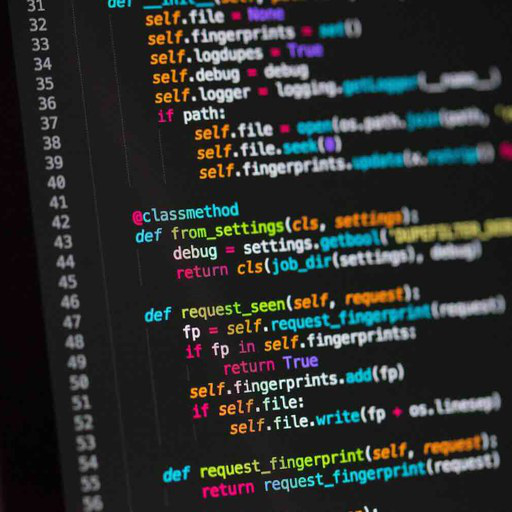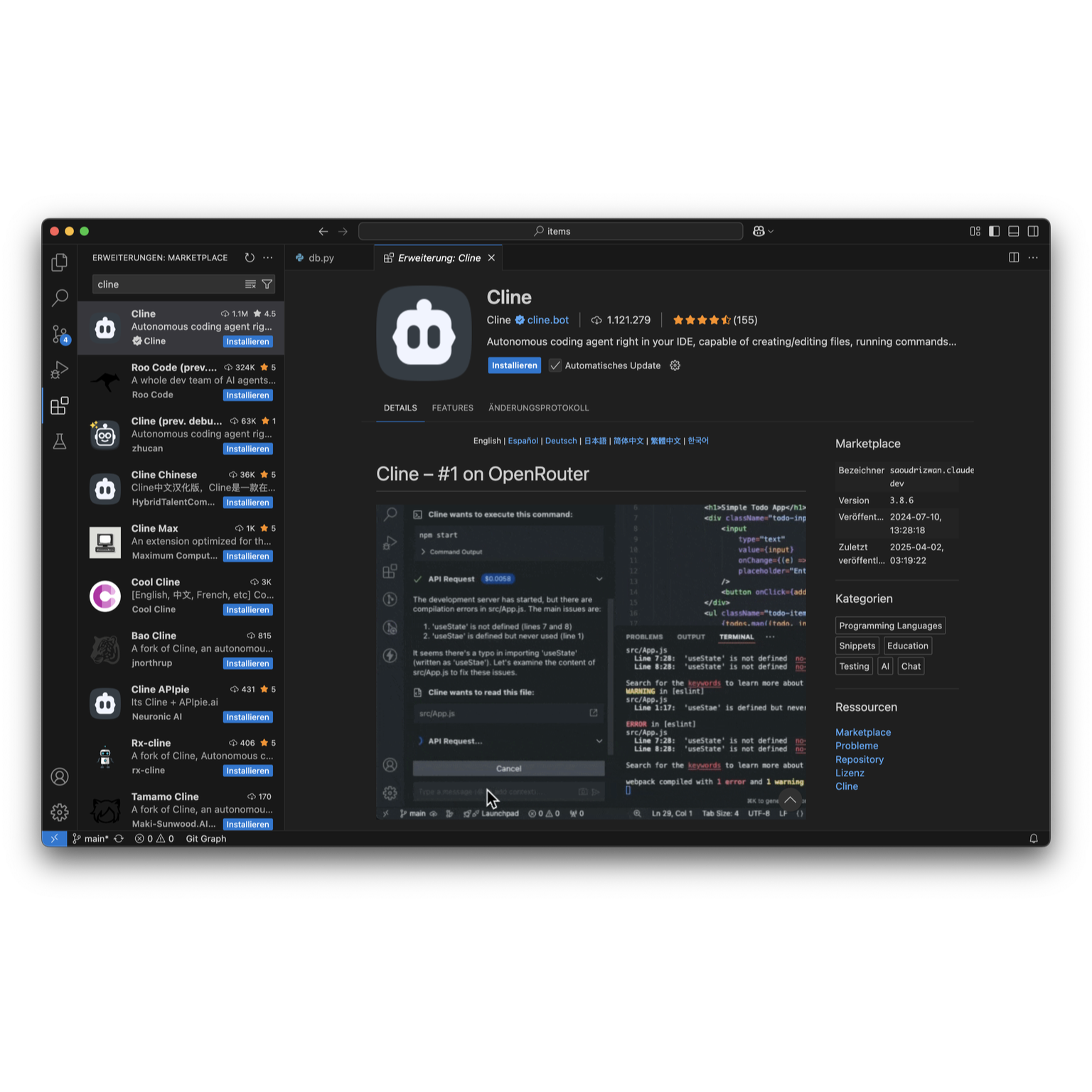DORA Report 2025: The state of AI-supported software development¶
The most important finding of the DORA study is that AI is an amplifier in software development: it amplifies the strengths of high-performing companies and the weaknesses of companies struggling with difficulties. The greatest successes in AI investment do not come from the tools themselves, but from a strategic focus on the underlying organisational system – the clarity of workflows and the coordination of teams. Without this foundation, AI only creates isolated islands of productivity, which are often negated by the downstream chaos.
Understanding software delivery performance¶
This year’s study identifies seven different team profiles that provide a new framework for targeted improvements:
- Foundational challenges
10% of teams are in survival mode and face significant challenges with fundamental gaps in their processes, environment and results.
- Legacy bottleneck (Altlasten-Engpass)
11% of teams are in a constant state of reaction, with unstable systems dictating their work and undermining their morale.
- Constrained by process
17% of teams are running on a treadmill. Although they work on stable systems, their work is consumed by inefficient processes, leading to high burnout rates and low impact.
- High impact, low cadence
7% of teams do highly effective work, which is reflected in strong product performance and high individual effectiveness. However, this is accompanied by a low-cadence delivery model characterised by low software throughput and high instability.
- Stable and methodical
15% of teams are reliable artisans who deliver high-quality, valuable work at a deliberate and sustainable pace.
- Pragmatic performers
20% of teams consistently deliver work with impressive speed and stability, even if their stable working environment has not yet reached maximum performance.
- Harmonious high-achiever
20% of teams are outstanding – a positive cycle in which a stable, smooth environment enables teams to deliver high-quality work.
Performance levels of seven team archetypes¶
Introduction and use of AI¶
AI has now been introduced almost everywhere in software development. 90% of those surveyed use AI in their work, and more than 80% believe that it has increased their productivity. Nevertheless, a significant proportion (30%) say they currently have little or no confidence in AI-generated code, indicating a need for validation capabilities.
Distribution of confidence levels among respondents¶
And although the use of AI is almost ubiquitous, its reflexive use—meaning the automatic use of AI when problems arise—is not.
Reflexive use of AI¶
Nevertheless, developers not only use AI tools frequently, but also rely heavily on them in their work:
General dependency on AI in the workplace¶
Relationship between AI and key results¶
AI improves software delivery throughput, which represents a significant change from the previous year. However, it continues to increase delivery instability. This suggests that while teams are adjusting to speed, their underlying systems are not yet mature enough to safely manage AI-accelerated development.
‘AI is the new normal in software development’
Impact of AI on key outcomes¶
For orange results, such as burnout, a negative effect is desirable.
DORA AI Competency Model¶
According to this model, successfully introducing AI requires more than just the right tools. The new DORA AI Competency Model identifies seven fundamental practices that enhance business performance:
- Clear and communicated AI position
refers to an organisation’s understandable and conscious position on what is expected and permitted in software development with regard to AI-supported development tools.
- Healthy data ecosystems
refers to the overall quality of an organisation’s internal data systems, their accessibility and their isolation.
- Accessible internal data
refers to the degree to which AI tools are connected to the organisation’s internal data sources and systems.
- Strict version control practices
provide a systematic way to manage changes to code and other digital assets over time.
- Working in small batches
Working in small batches refers to breaking changes down into manageable units that can be quickly tested and evaluated.
- User-centred approach
refers to the extent to which teams consider the experiences of the people who use their primary application or service.
- High-quality internal platforms
refers to a set of functions shared by multiple applications or services with the aim of making these functions generally available throughout the organisation.
DORA AI Capabilities Model¶
Platform engineering¶
90% of companies have opted for platform engineering, making a high-quality internal platform an indispensable foundation for AI success.
Estimated effect of high-quality internal platforms on key results¶
Value stream management¶
Value stream management (VSM) is designed to act as an amplifier for AI and ensure that local productivity gains lead to measurable improvements in team and product performance.
Example of a value stream analysis from requirement to production¶



